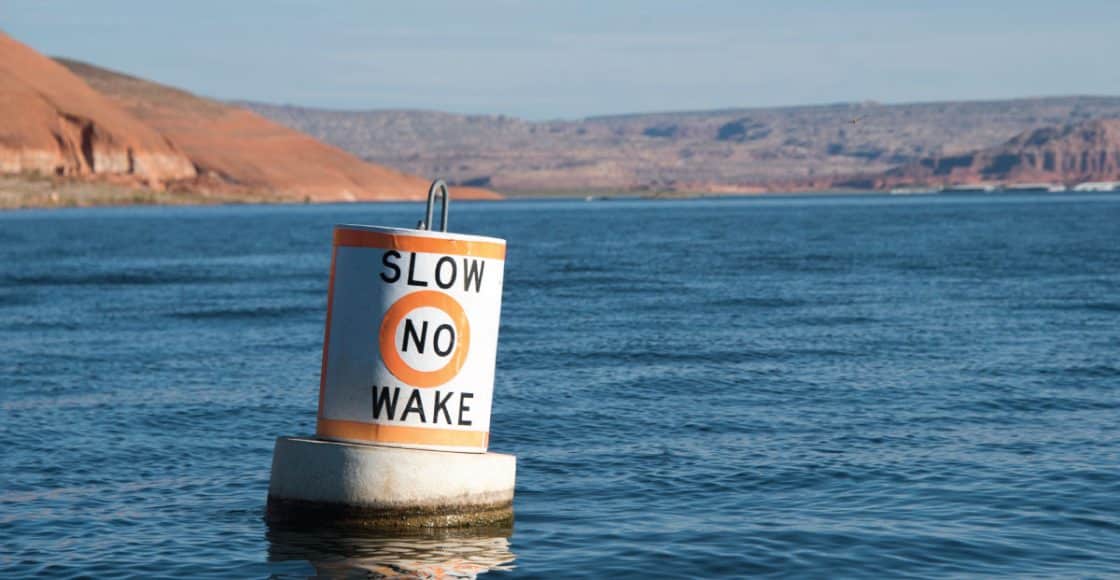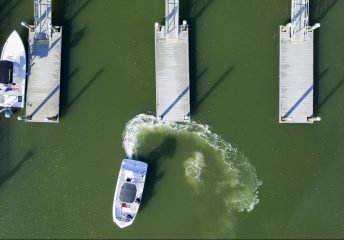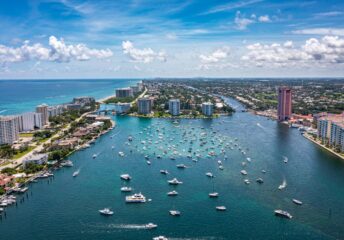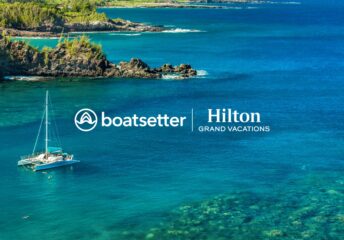No Wake Zone & Other Boating Regulatory Zones Explained
Last Updated on May 10, 2023 by Boatsetter Team
As with any motor vehicle, there are rules and regulations to follow for anyone operating a boat or personal watercraft, which are meant to ensure the safety of the driver, their passengers, and the other people on the water around them. This post will cover the No Wake Zone and Other Boating Regulatory Zones.
Post summary:
- Safe zones
- What is a wake?
- The force of a boat’s wake
- How do I know when to go slow?
Class is in session! Make sure to read all the way through to catch all Pro Tips.
List your boat & start earning an avg. of $20K yearly with Boatsetter
Safe zones
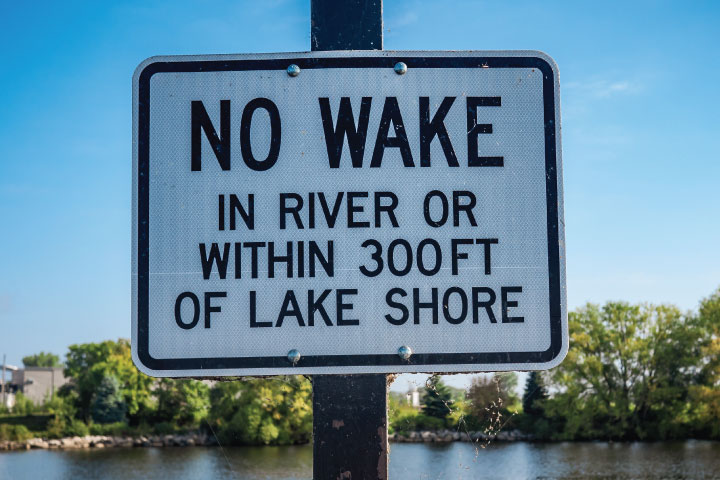
Other needs for safety or security define special “boating regulatory zones,” which are areas along the coast or even out in open water where additional rules restrict access or protect people, property, wildlife, and the environment. These zones are often created by state regulatory agencies, like the USGC, to meet the specific needs of their unique area.
Many of these zones are sensible and easy to understand, but some important regulations can keep boaters guessing at the proper steps to take while passing through or avoiding a regulatory zone.
One of the most common questions new boaters ask is, what is a No Wake Zone?
What is a wake?
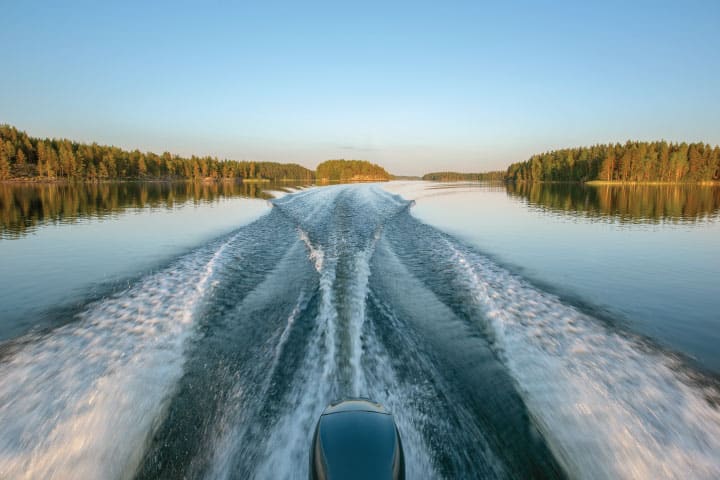
When a boat travels through the water at any speed, the hull pushes water aside creating a wave that travels away from the boat in an arrowhead shape. The surface disruption created by the vessel’s forward movement is known as the boat’s wake.
Although the size of the wave will increase with the boat’s speed, a wake is created even when the boat is moving slowly.
The wave made by the moving vessel may be small enough that it’s hardly visible, or it may be large enough to disrupt other vessels whether they are also traveling across the water or tied up in a slip.
Pro Tip: Before your upcoming boat trip, make sure to look over this Boat Rental Safety List. It’ll prepare you while helping keep your trip fun (and safe!)
READ MORE: 7 Common Boating Fails and How to Avoid Them
Don’t rock the boat: The force of a boat’s wake
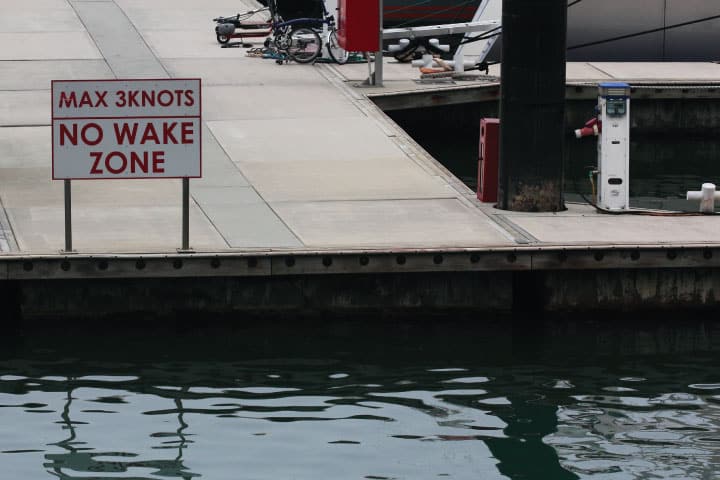
Like an ocean wave, when big enough, a boat’s wake can be destructive. A wake can rock other boats around in their slips, sometimes slamming them against docks, pilings, seawalls, or even other vessels until serious damage occurs.
A big enough wake can also damage property along the waterfront by creating erosion or can wash away personal items after the boat passes by. Imagine a wave slamming into someone’s backyard and washing away their lawn furniture or garden or pushing far enough into the yard to send water into a cellar or crawlspace.
Boats moving through a No Wake Zone are required to slow down to idle speeds, but the vessel’s captain must decide for themselves whether or not they are creating a wake big enough to attract the attention of law enforcement personnel.
With No Wake Zones, less is more. If you are unsure whether you are going too fast and making an unacceptable wake, simply slow down.
Pro Tip: The Coast Guard’s “Rules of the Road” includes a wealth of basic knowledge that can help keep Boatsetter Owners, Captains, and Renters safe while on the water.
“Rules of the Road” provides guidelines that boaters must follow while underway. These rules include the proper way to pass or overtake another vessel, who has the right of way in any given situation, and general information like keeping to the right in a channel.
How do I know when to go slow?
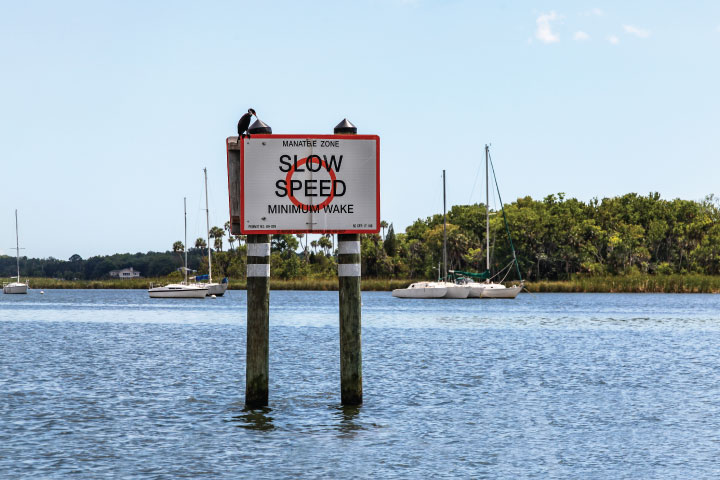
Marked by white information and regulatory buoys, which their orange markings and symbols can also identify, No Wake Zones might be found where a channel or traffic pattern brings boats closer to the shoreline or where a boat making a bigger wake might damage other boats and personal watercraft.
No Wake Zones might also appear on a chart where boats traveling at higher speeds might create hazardous conditions for other boaters or visibility is reduced or obstructed.
Although No Wake Zones are the most common and widely known, other regulatory zones are created for special purposes. These include:
- Slow Speed – Minimum Wake Zones – these areas call for vessels to pass slowly, although they can be above idle speeds.
- Vessel Exclusion Zones – these prevent boaters from passing through areas where their vessel might endanger swimmers or wildlife or cause harm to sensitive environmental areas.
- Naval Protection Zones – these zones can also prevent boaters from passing too close to a naval vessel while underway, nuclear power plant, or a military facility.
Many people can see No Wake Zones and other low-speed or exclusion areas as an annoyance, like a speed bump or flashing red light. However, No Wake and other zones are there to protect people and their property, so please observe the laws and boundaries and slow down.
Besides, what’s the big hurry? You’re already on a boat, how can things possibly get any better?
If you’re feeling overwhelmed by the rules and regulations of our waterways, don’t let that keep you from going out and experiencing life on the water. Just book a boat with one of our licensed captains and leave the responsibility to them!
About us
Boatsetter is a unique boat-sharing platform that gives everyone — whether you own a boat or you’re just renting — the chance to experience life on the water. You can list a boat, book a boat, or make money as a captain.
List. Rent. Share— Only at Boatsetter
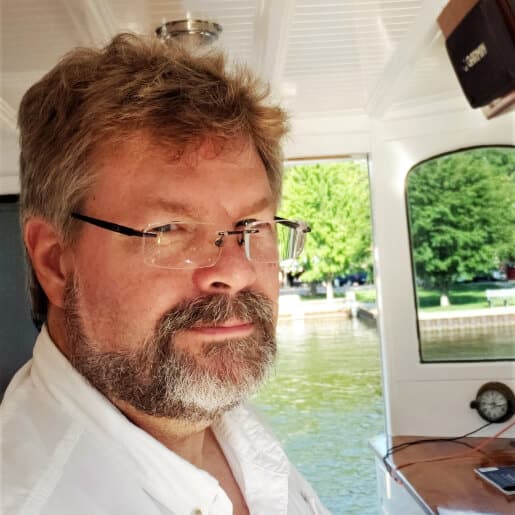
Chuck Warren fell in love with boats at 9 years old while helping to restore his grandfather’s 1939 44-foot Elco cruiser. A lifelong boater, Chuck has experience operating large and small vessels on the waters of the Atlantic, Gulf of Mexico, Caribbean, and the Great Lakes.
During his 35-year marine industry career, Chuck has been the driver for several offshore powerboat racing teams, the chief engineer aboard a Caribbean research and salvage vessel, captain of a Florida Keys sunset cruise, and more.
Today, Chuck is a boating industry writer, copywriter, and captain who lives on his 40-foot boat in the summer when he isn’t delivering vessels around the Great Lakes or teaching new boaters to drive. Winters are split between the West Michigan lakeshore and wherever his travels take him.
